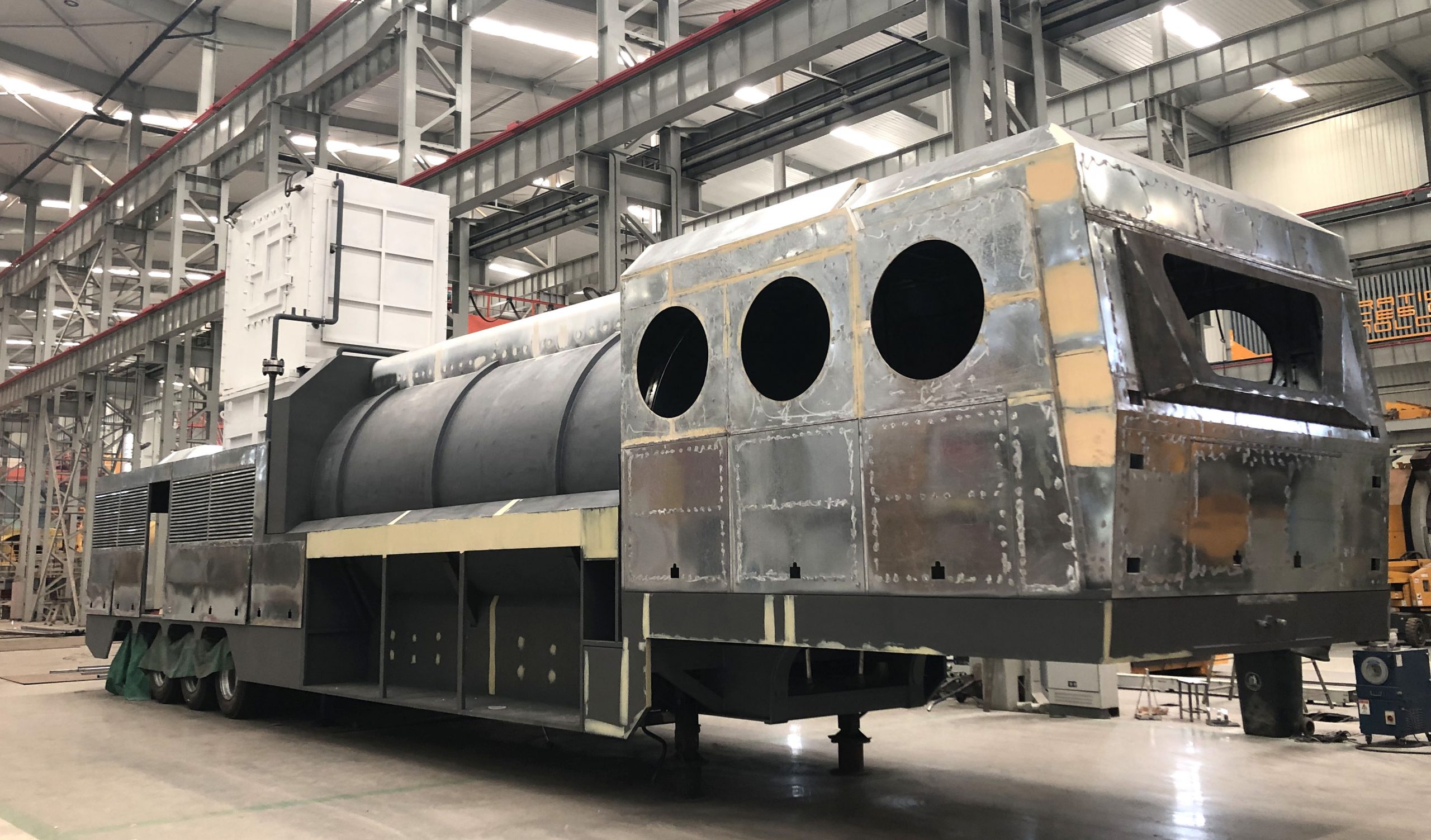
STEAM GENERATORS MUST HAVE A LARGE CONTACT SURFACE AREA FOR EFFICIENT HEAT TRANSFER. BECAUSE THEY OPERATE IN HARSH CHEMICAL AND THERMAL CONDITIONS, THEY MUST HAVE AN EFFECTIVE MAINTENANCE PROGRAM TO ENSURE THE INTEGRITY OF THEIR COMPONENTS.
Nowadays, maintenance programs or plans are necessary due to wear and tear or deterioration caused by several factors. Also, operational maintenance is executed according to established procedures and manuals since it is a decisive factor for profitability, competitiveness, operating cost reduction and compliance with safety standards, and environmental conservation.
In Nakasawa Resources, to mitigate the failures in the operational environment, a preventive maintenance plan is implemented, which guarantees the success and valuable life of our innovative Super Matroid Heater (SMH) technology. This technology, a high-quality steam generation and injection system are based on its systems’ reliability through operational maintenance.
As with any industrial equipment, the high-quality steam system requires operational maintenance management to prepare, plan and schedule the activities to be performed in a cyclical, disciplined, and safe way for its execution. Beyond, the objective is its continuous improvement to ensure efficient functioning, availability, and reliability in the operations.
Levels of Operational Maintenance to carry out the Programs or Plans
The proper functioning of equipment is a decisive factor in the profitability and global competitiveness of a company. One of the most critical elements in reducing operating costs and increasing the return on investment for your assets is equipment maintenance. Avoiding routine maintenance when a piece of equipment is running or operating at total capacity and in perfect condition is tempting. However, waiting until something goes wrong will inevitably result in more costly and complicated repairs.
Implementing a systematic preventive maintenance plan is the best way to avoid unexpected failures and prevent a minor problem from becoming a significant issue. Routine (preventative) maintenance can prevent equipment and/or component replacement costs, unscheduled downtime and minimize equipment risks.
A preventive maintenance plan identifies the early signs of a defect to minimize the risk of unscheduled breakdowns and reduce the need for corrective maintenance. Routine preventative maintenance tasks include cleaning equipment, replacing worn components, and checking the lubrication of rotating equipment to ensure that the equipment performs better. We can mention three primary Levels of Maintenance:
- Level 1: Operational Preventive Maintenance.
It is executed daily with the Active Steam Generation Systems. - Level 2: Preventive Maintenance
Executed every four times a year or 2500 hrs operation, with the Steam Generation System Active or at the time of
completion of an injection cycle. - Level 3: Predictive Maintenance
It is executed two times Year or 5000 hrs operation, with the Steam Generation System out of service at the Time of Ending an injection cycle.
Now, to simplify and prioritize reliability analysis for process equipment, it is necessary to keep in mind failure frequency, mean time to repair, intervention cost, operational flexibility, and production impacts. At Nakasawa Resources, it is a challenge to guarantee the sustainability over time of the steam generation systems. Therefore, it is vital to comply with the maintenance programs and plans of each of the equipment that makes up the system. These plans must follow international standards to develop activities that avoid, prevent, and mitigate the possible environmental impacts generated during the execution of a project.
It is of utmost importance to keep the Steam Generation and Injection equipment operating smoothly and efficiently to minimize downtime and avoid unforeseen events. For this reason, all the critical fundamental parts of the equipment must be known, and thus, have a stock of spare parts on time, and take into account the Preventive Maintenance Plans, spare parts lists, and operation manuals—training personnel and good maintenance management help to avoid component failures that cause the most disruptions.
Hence, it is necessary to have reasonable quality control. It is better to carry out repairs on time with all the guarantees since this determines that the equipment remains working perfectly. Preventive and predictive maintenance is essential for any equipment because it helps to minimize costs and make the business more profitable.
To download the article, click here.


